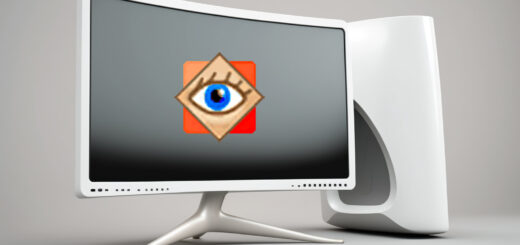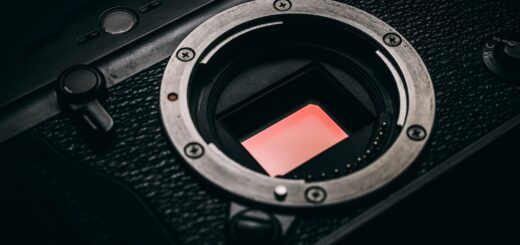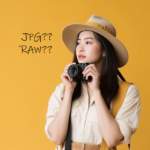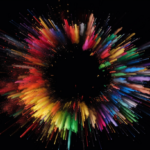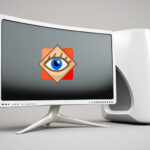Using Prime Lenses as a Learning Tool

While there are many ways that you could go about to learn more about photography techniques and composition styles, if there was one way that I personally felt helped me learn and experiment the most, it was the use prime lenses.
So just a little background story on my photography journey – I started off with digital photography with a Nikon D40 (the double lens kit) when I was a college student, and the first lens I bought a couple of years after that was the Nikon AF-S DX 35mm f/1.8G prime lens. When I upgraded to the full-frame Nikon D700 a few years later, I sold off my entire DX collection and went with just one lens, the Nikon AF 50mm f/1.8D (the lens in the featured image above) for a year or so before I started supplementing it with other lenses.
Spending a lot of time with just a 50mm lens (the DX 35mm gives a similar view as well) had taught me many things, and I am going to list them here as to why I feel it had helped my photographic journey a lot.
Lightweight and Compact
The D40 with its kit AF-S DX 18-55mm II (non-VR) is not a huge camera by any means, but being paired with the slimmer and lighter DX 35mm f/1.8G made it even an easier package to carry around.
My D700, similarly, when paired with the AF 50mm f/1.8D, was a smallish package (relatively, in fullframe context) that could be carried around easily.
And as the saying goes – the best camera is the one you have with you, so by having a more compact set, I was able to bring my camera out more often, which made me shoot more regularly as well.
Working with Focal Length Constraints
By having just a single focal length, it made me work harder to try to compose an image which would otherwise just see me turn the zoom ring and fire away.
Moving around the subject, changing angles and perspectives, re-framing and recomposing the shots – these were skills that having a prime lens had helped me practice countless times as I worked to get a shot with a single focal length.
Also, having a single focal length also helped simplify the process of shooting, keeping my focus on framing and composing an interesting shot.
Having Fun with Wide Apertures
I had my first hands-on experience with wide apertures with the DX 35mm 1.8G, and coming from the kit 18-55mm lens, I still vividly how fun it was to be able to turn the command dial so many more times down from f/3.5 to see f/1.8 appear on the LCD!
So like everyone who just had just tried out wide apertures, for a while I was shooting everything at f/1.8, just because I could! (And to be honest, I still do shoot at wide-open apertures these days very often as that is a look I personally like!)
But as I learned more about the lens, it became clear to me that having a wide aperture to start with was a very important tool as I could use aperture to control the amount of depth in focus, amount of blur I want in the background, as well as how much clarity of the subject I wanted – so much so that when I got my AF 50mm f/1.8D, I was mainly using it slightly stopped down in the f/2.2-f/2.8 range more often than wide open at f/1.8 for more contrast and clarity.
Superb Image Quality
The 18-55mm kit lens was not a bad lens by any means, but the DX 35mm f/1.8G, especially when shot at wide apertures, just had a look that could not be replicated by the kit lens. But what really blew me off my feet was when I got the AF 50mm f/1.8D with my then D700 – there were so much details in the shots, and raw files had so little distortion present that it was a charm to work with.
I do admit that I have a pixel-peeping issue and enjoy looking at my images at 100% on screen, but even so the AF 50mm f/1.8D had no problems keeping up even with high resolution sensors such as the D800 – and time and time again I was impressed with how well the lens performed for such a diminutive size!
Things to Take Note
That being said, there are definitely some things you should take note when trying out prime lenses as a learning tool for your photography journey.
- Some scenes or images are just not possible without the use of a different focal length, so if you’re visiting somewhere once-in-a-lifetime you might want to consider carrying your favorite zoom with you as well (and just use the prime to catch some unique shots here and there)
- It is very possible that you end up with GAS (Gear Acquisition Syndrome) when experimenting with prime lenses – my take on this is always remember that lesser is better; having a bagful of primes would just defeat the learning purpose of prime lenses. Learn to master what you have, and then what else you need and require will become clearer.
Prime Lens Recommendations
I will list here some of the prime lenses that you could consider trying out which would not break your bank account.
*Unless otherwise indicated, the lenses mentioned are full-frame lenses.
Nikon DSLR
- Nikon AF-S DX 35mm f/1.8G (APS-C lens)
- Nikon AF 35mm f/2D **
- Nikon AF 50mm f/1.8D **
- Nikon AF-S 50mm f/1.8G
**These lenses require DSLR bodies with in-built AF screw-drive motors.
Nikon Mirrorless
- Nikon Z 40mm f/2
Canon DSLR
- Canon EF 50mm f/1.8 STM
Canon Mirrorless
- Canon RF 50mm f/1.8 STM
Sony Mirrorless
- Sony E 35mm f/1.8 OSS (APS-C)
- Sony FE 50mm f/1.8

